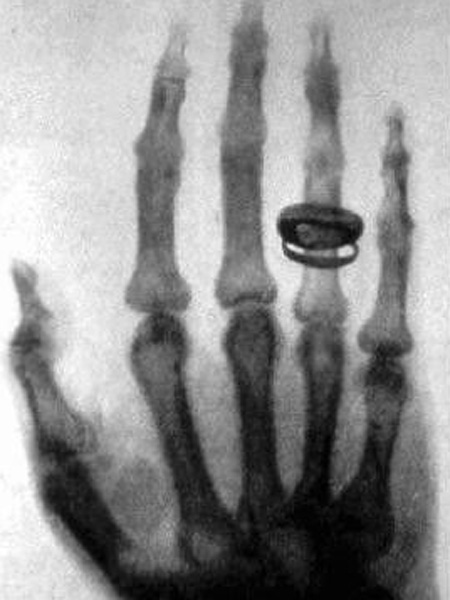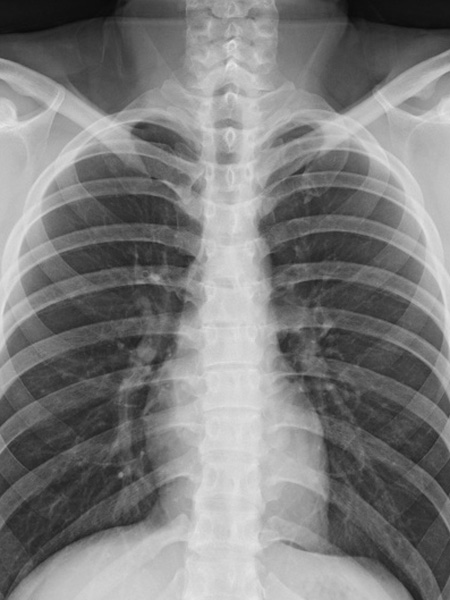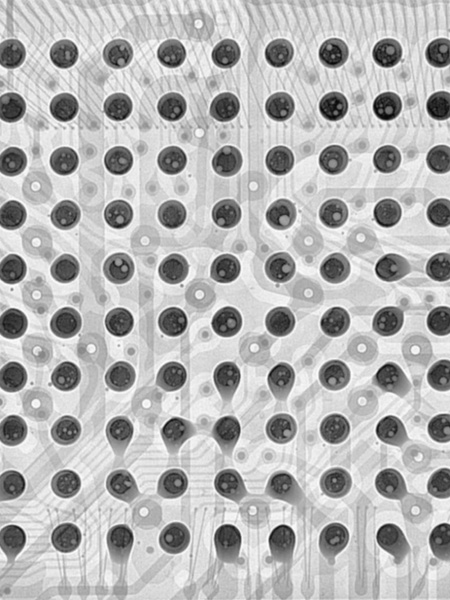What is an X-ray
X-rays were discovered in 1895 by Wilhelm Conrad Röentgen, a professor at Würzburg University in Germany. According to the Nondestructive Resource Center’s “History of Radiography,” Röentgen noticed crystals near a high-voltage cathode-ray tube exhibiting a fluorescent glow, even when he shielded them with dark paper. Some form of energy was being produced by the tube that was penetrating the paper and causing the crystals to glow. Röentgen called the unknown energy “X-radiation.” Experiments showed that this radiation could penetrate soft tissues but not bone, and would produce shadow images on photographic plates.
For this discovery, Röentgen was awarded the very first Nobel Prize in physics, in 1901.
Soft X-rays: Relatively lower energy x-rays; anything below 5 KeV would be considered a soft x-ray. Soft x-rays can be absorbed in the air.
Hard X-rays: Relatively higher energy; anything above 5 KeV would be considered a hard x-ray. Hard x-rays have the ability and energy to penetrate through different types of materials, hence, they are commonly used for industrial purposes to find internal defects in objects or parts.

W.C.Roentgen

The first x-ray image
what are the applications of X-ray?
With the development of X-ray technology over the years, the use of X-rays have become extremely diverse. From merely medical use, X-ray technology has been able to provide additional value for industrial purposes as well. The following briefly describes the use of X-rays for medical and use of X-ray for industrial aspects, with more emphasis on industry perspective.
IX-ray applications are included industrial computed tomography, airport inspection and border control for truck inspection, food inspection, electronic component inspection, medical.

Chest X-ray Image

Vaccine Vials X-ray Image

Smart Phone X-ray Image

BGA X-ray Image

Baggage X-ray Image
Is it dangerous to use X-ray
X-ray does have some risks to consider, but it is also important to remember X-rays can help detect disease or injury at early stages so the ailment can be treated appropriately. Sometimes X-ray testing can be life-saving.
The risk from X-rays comes from the radiation they produce, which can harm living tissues. This risk is relatively small, but it increases with cumulative exposure. That is, the more you are exposed to radiation over your lifetime, the higher your risk of harm from the radiation.

